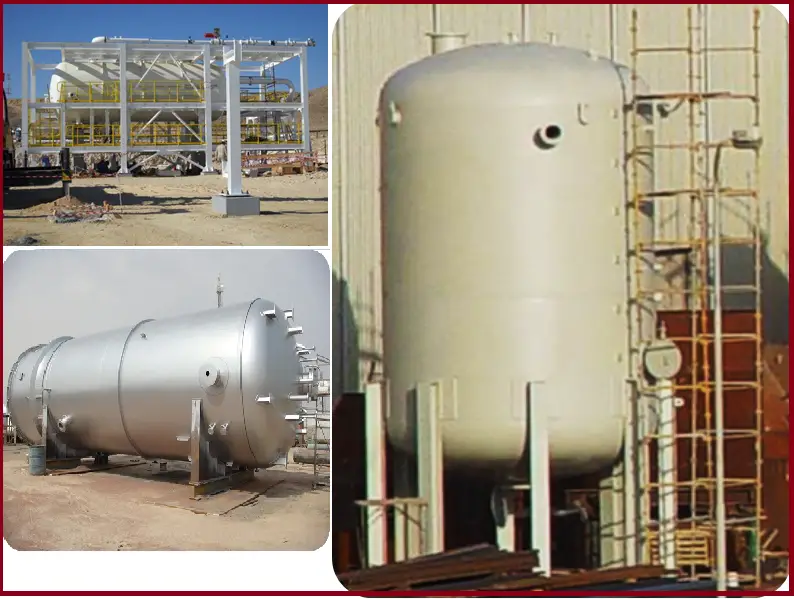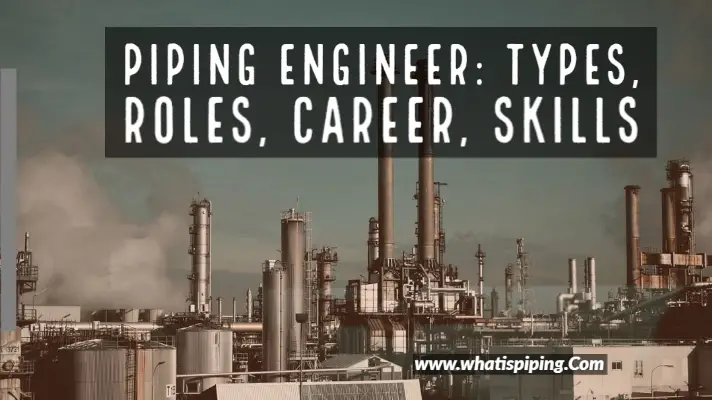When we talk about “civil works,” we’re referring to all sorts of civil and engineering services (aside from consulting services) that are involved in the delivery of building materials and equipment which are financed out. The oil and gas sector employs civil engineers because of the abundance of civil work. The whole industry is related to installing machinery, drilling oil, and extracting hydrocarbons. All of these tasks are performed by none other than an engineer.
However, the leading engineer suitable to work in this sector is a civil engineer.
Civil Engineer
Identifying a requirement is often where a civil engineer’s workday will get underway. It may be necessary to construct a bridge to facilitate access across metropolitan regions; it could also be the need to give clean water to a rural hamlet; it could also be the need to relieve a metropolis of rising traffic.
The civil engineer investigates suitable sites, examines soil and rock samples, makes predictions on the effects on the surrounding environment, and interacts with residents. Civil engineers are present at the construction site to produce precise project drawings and maps and monitor other technical professionals’ work.
They ensure that the project is finished in accordance with the design, plan, budget, and schedule by organizing and supervising the workers, plant, and supplies.
Role of Civil Engineer with regard to the Gas and Oil Sector
One of the earliest subfields of engineering, civil engineering focuses on the long-term planning, construction, and management of the essential public works that support modern life. Oil companies need civil engineers to construct oil fields, pipelines, bases, and shelters for a wide variety of machinery, storage facilities, and more.
Civil engineers are responsible for the creation, enhancement, and defense of the environment in which we live. They are responsible for the planning, designing, and supervising the construction and maintenance of various building structures and infrastructures, such as highways, trains, airports, bridges, harbors, dams, irrigation projects, power plants, and water and sewerage systems. They are also responsible for designing and constructing massive constructions and towering buildings that can resist any kind of climate.
Division of roles of Civil Engineer
Buildings, bridges, dams, roads, and drainage systems are all examples of the kinds of infrastructure that fall under the purview of the field of civil engineering, which is a subject that comprises their development. Here roles are divided considering the oil and gas sector.
The following is a list of the numerous sub-fields that civil engineers might specialize in:
1. Structural Engineers
Within the field of Civil Engineering lies the subfield of Structural Engineering. In the oil and gas sector they observe building sites, write reports and assessments, review the work of other engineers, do calculations, and create drawings and specifications, structural engineers also study the work of other engineers.
2. Geo Technical Civil Engineer
Geotechnical, civil engineers collaborate with other specialists to oversee challenging land rejuvenation projects and aid construction workers in digging subsurface structures for oil and gas exploration.
When municipalities seek to expand the capacity of their subterranean mass transportation systems, they engage geotechnical engineers to oversee the tunneling process. Geotechnical engineers are responsible for determining whether or not the bedrock can securely withstand the weight of newly constructed buildings.
Geotechnical, civil engineers in urban settings work with disaster management planners to reinforce river banks near densely populated regions in order to reduce the risk of flooding. They help in the planning of dams and levees to control the movement of water in the area. They also work to reduce the adverse effects on neighboring residential areas and commercial establishments by coordinating the design and placement of landfills and quarries.
3. Transportation Civil Engineer
As a result of the work of civil engineers in the transportation sector, we can travel more easily inside and between cities, as well as across the country. In the oil and gas sector they collaborate with regional and municipal planning commissions to identify development opportunities.
They’re also considering options to reduce traffic congestion. Civil engineers in the transportation sector assess the needs of drivers in a given area before developing plans and cost estimates for infrastructure improvements.
Once a new project design receives financing, transportation engineers oversee a wide variety of subcontractors that build roads, highways, and bridges. After the building is completed, transportation engineers make sure the roads are properly maintained and fixed if they break down.
To protect the public’s safety during construction and maintenance, transportation engineers must follow a wide variety of local, state, and federal laws and guidelines.
4. Construction Civil Engineers
Civil engineers in the construction industry combine their engineering knowledge with managerial experience to guarantee that building projects are finished on time and within the allotted budget.
In the oil and gas sector, construction managers are responsible for coordinating the activities of teams consisting of engineers and laborers in order to adhere to stringent production deadlines. They are typically the most obvious point of contact for architects, developers, and other professionals working in the building industry.
A degree in civil engineering may not be necessary for all construction management positions; nonetheless, education in this subject area can be beneficial for future construction managers in a number of different ways.
By talking on the same level and using the same language as expert engineers, construction managers can cultivate constructive working relationships with the consultants and team members they collaborate with. They can also identify possible errors more immediately, eliminating the need to wait for experts to arrive at the construction site.
5. Environmental Engineers
Environmental scientists and engineers are putting in a lot of effort to get us back to a time when the air we breathe and the water we drink are both cleaners. They work together with executives from various companies and officials from multiple government agencies to design new air pollution guidelines that would minimize hazardous emissions from industries while maintaining overall industrial production.
They develop very advanced treatment systems in order to eliminate contaminants from the air, water, and wastewater that we use. Environmental engineers are also responsible for assessing the soil’s health to prevent dangerous chemicals from seeping up through the earth or into the rivers.
They work together with agricultural businesses to ensure that the level of pesticides and nutrients in the soil does not affect the quality of the food people eat. They also give inhabitants of new projects the peace of mind that their houses were not built on the polluted ground in new developments.
6. Hydraulic Civil Engineer
Civil engineers repurpose the work of hydraulic, hydrology, and water resource civil engineers so that the community’s citizens and businesses may profit from it. They dig canals to facilitate shipping while minimizing disruption to the regular migration of wild fish in each area. These civil engineers are also responsible for the construction of dams, which not only produce necessary power but also make it possible to cultivate new land parcels.
They construct pipes that are able to deliver clean water to remote regions in a secure manner, hence enabling the growth of new towns. Engineers responsible for water resources typically have oversight responsibilities for environmental initiatives.
They devise complex systems of soil drainage to ensure that new development will not have a detrimental effect on communities located further downstream. They are able to help with water conservation by putting in cutting-edge rainwater collection systems, which are then used for irrigation and grounds upkeep.
Conclusion
Many jobs may be found in the oil and gas industry, and they all require the training and experience of a civil engineer. When working offshore as a civil engineer, one will be tasked with protecting the rig’s foundation while keeping costs to a minimum. This is going to be an essential role for him to play.
In addition, one will work with a team of experienced structural engineers and contribute to the planning of major global initiatives. Oil storage and processing facilities, as well as workshops and control rooms, are familiar places for civil engineers to be engaged in construction. The increasing demand for their expertise usually makes this the case.
They are also in charge of the oil plants’ upkeep and the design and placement of all pipelines, tubes, and vents found there.
FAQs
What are some examples of works that are most commonly associated with civil engineering?
The primary focuses of civil engineering are constructing, planning, and overseeing the upkeep of a physical environment. Structures such as airports, highways, bridges, dams, sewage systems, railroads, and many more are included in this category.
What is the finest job in the civil service?
The job of a structural engineer is the highest-paying job in Civil engineering.








